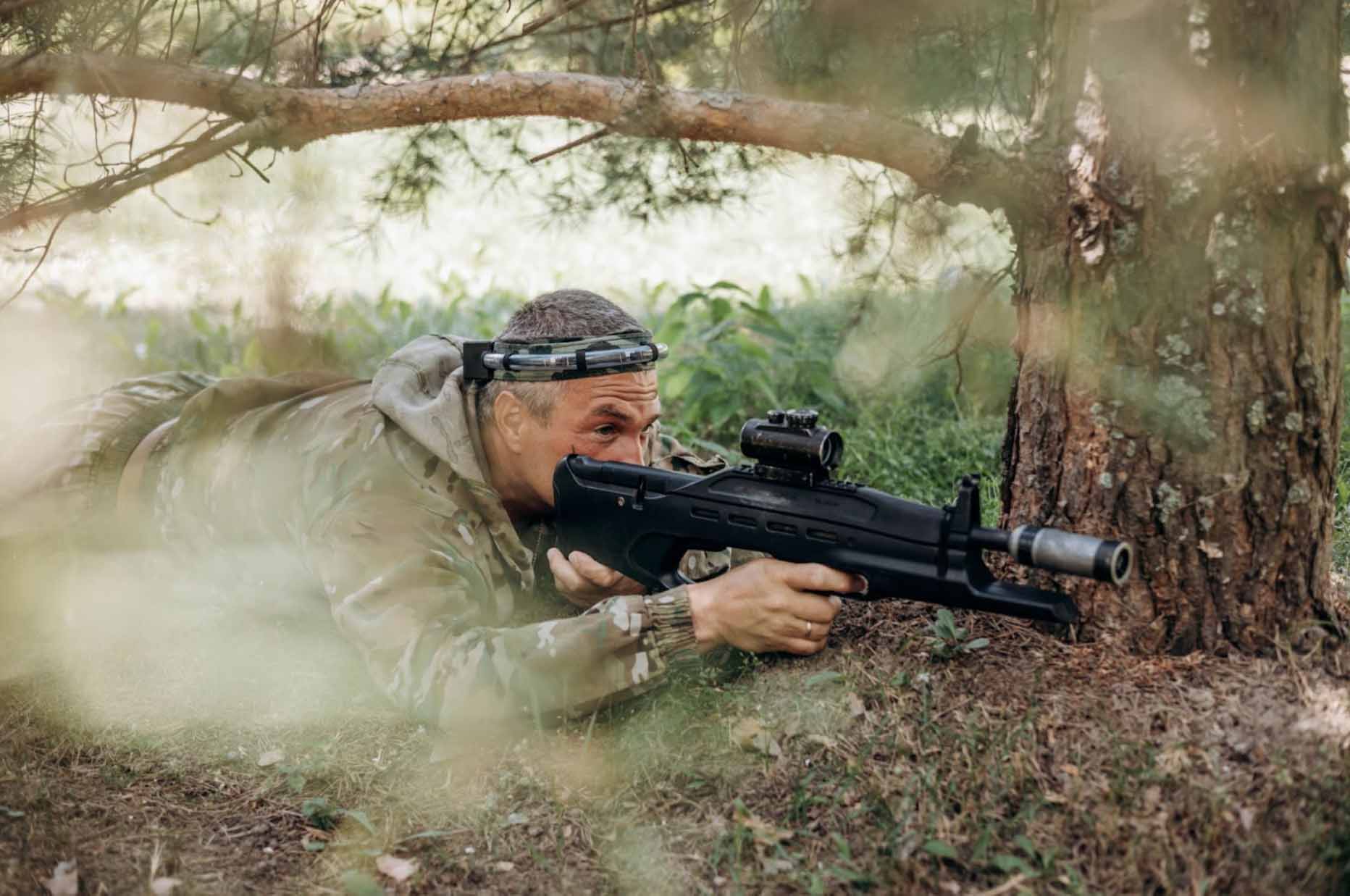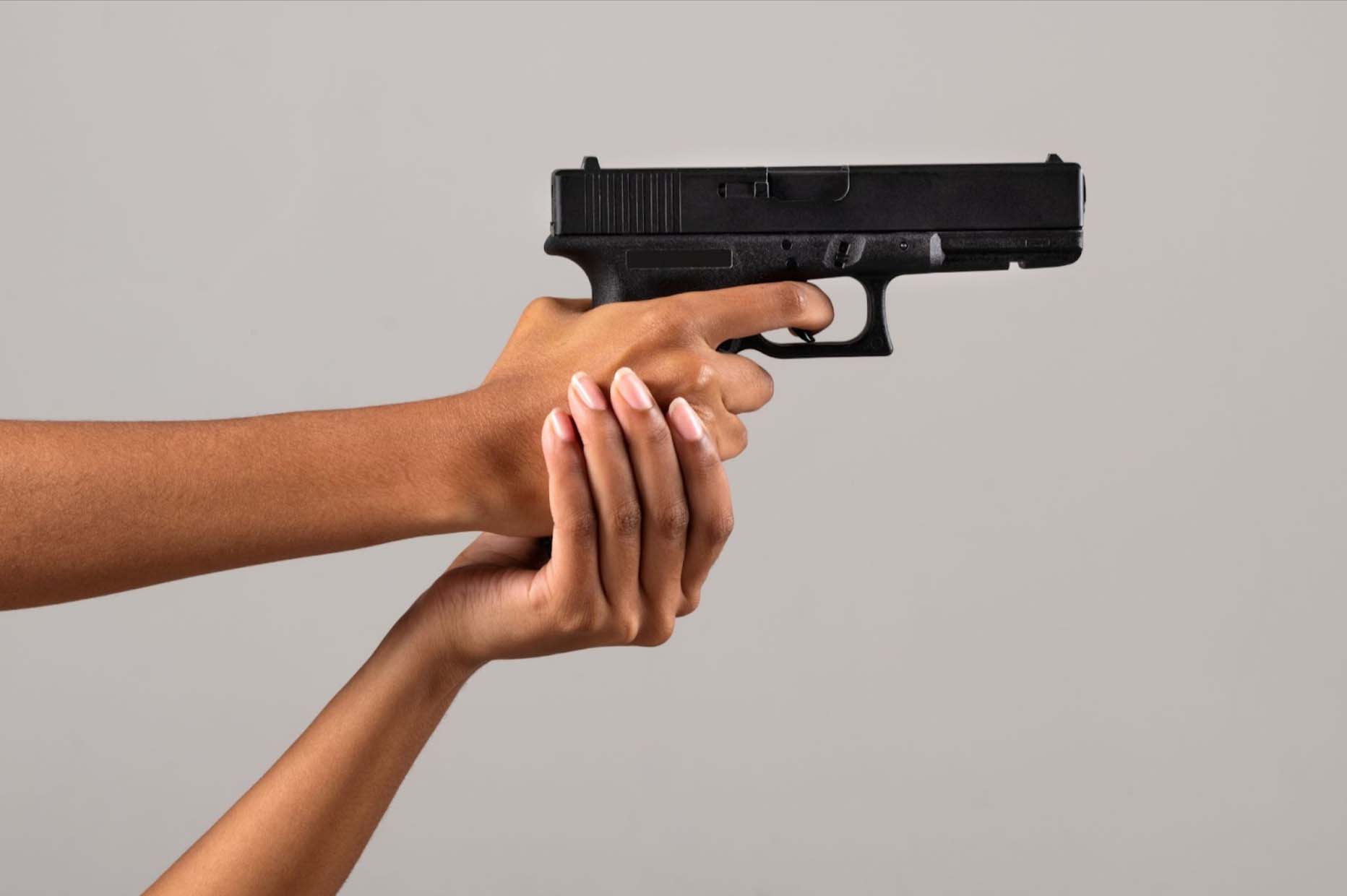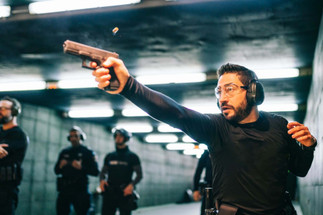Jun 19th 2024
Top Tactical Shooting Training Techniques for Beginners
Top Tactical Shooting Training Techniques for Beginners
Tactical shooting encompasses more than just the ability to hit a target. It combines precision, speed, decision-making, and strategic handling of firearms. Mastering tactical shooting can seem daunting for beginners, but it's achievable with the proper techniques and mindset. Understanding and practicing foundational tactical shooting skills is crucial for sport, personal defense, or professional reasons.
What Is Tactical Shooting?
Tactical shooting refers to a style of firearm handling that combines the fundamentals of marksmanship with the strategies and skills necessary for engaging targets in high-stress, often dynamic environments. Unlike traditional target shooting, which primarily focuses on accuracy and precision from a stationary position, tactical shooting emphasizes the shooter's ability to quickly and effectively neutralize threats under varying conditions. This discipline encompasses a broad range of skills, including but not limited to:
Rapid target engagement
The ability to identify and accurately engage multiple targets.
Movement
Moving efficiently with a firearm, including advancing, retreating, and utilizing cover, all while maintaining the capability to shoot accurately.
Situational Awareness
Being conscious of the environment, potential threats, and non-threats, including understanding spatial relationships and the implications of one's actions in a tactical scenario.
Stress Management
The capacity to remain calm, make sound decisions, and perform complex tasks under pressure, including in life-threatening situations.
Weapon Manipulation
Skills such as reloading, clearing malfunctions, and transitioning between firearms efficiently, often under time constraints or while moving.
Tactical shooting training is sought by a wide range of individuals, including law enforcement officers, military personnel, security professionals, and civilian gun owners interested in self-defense. The training focuses on shooting mechanics and the tactical application of those skills in real-world scenarios, emphasizing safety, decision-making, and adaptability.
Safety First: The Cornerstone of Shooting Training
Before diving into techniques, the paramount importance of safety must be addressed. Handling firearms requires a deep commitment to safety protocols to prevent accidents. Beginners must familiarize themselves with the four fundamental safety rules:
- Treat every gun as if it's loaded.
- Never point a firearm at anything you're not willing to destroy.
- Keep your finger off the trigger until you're ready to shoot.
- Be sure of your target and what is beyond it.
Adherence to these safety principles sets the foundation for all tactical shooting practices.
Mastering the Basics: Stances, Grip, and Sight Alignment
Embarking on the journey of tactical shooting begins with mastering a trio of foundational elements: stance, grip, and sight alignment, each serving as critical building blocks for both novice and seasoned shooters alike. These basics lay the groundwork for stability, control, and accuracy, forming the bedrock upon which all advanced tactical skills are built.
Stances for Stability and Mobility
The stance is the shooter's base. It provides stability, balance, and flexibility. Two primary stances are recommended for beginners:
The Isosceles Stance
Feet shoulder-width apart, arms extended straight towards the target, forming an isosceles triangle. This stance offers stability and quick alignment with the target.
The Weaver Stance
A more dynamic position with the non-dominant foot slightly forward, knees bent, and body weight evenly distributed. This stance enhances mobility and control.
Grip for Control and Precision
Proper grip is essential for managing recoil and maintaining control over the firearm. The dominant hand should grasp the pistol grip firmly, with the thumb resting along the side. The non-dominant hand wraps around the dominant hand, reinforcing the grip and providing additional stability.

Sight Alignment for Accuracy
Sight alignment is lining up the rear and front sights with the target. Proper alignment is crucial for accuracy. Beginners should practice focusing on the front sight, ensuring it's centered within the rear sight notch and level across the top.
Developing Accuracy: Drills and Techniques
Accuracy is not just about hitting a target but consistently under different conditions. Several drills can help beginners improve their accuracy:
Dry Fire Practice
An invaluable method for honing skills without live ammunition. It allows shooters to focus on grip, stance, trigger control, and sight alignment in a safe environment.
The Bill Drill
This drill, focused on rapid target engagement, involves firing multiple shots at a single target to improve speed and precision.
Dot Drills
Shooting at small targets or dots to refine accuracy and focus.
Movement and Tactical Awareness
In tactical situations, movement is as important as shooting. Beginners should learn to move efficiently, maintaining balance and readiness to fire. Drills like shooting on the move, utilizing cover, and tactical reloading under stress are foundational.
Mental Preparation and Decision-Making
Tactical shooting also involves mental training. Developing situational awareness, decision-making under pressure, and stress management are critical. Simulated scenarios and force-on-force training can be beneficial in building these skills.
Building tactical shooting proficiency is a journey that requires dedication, practice, and a continuous learning mindset. By focusing on safety, mastering the basics, practicing accuracy, integrating movement, and preparing mentally, beginners can lay a solid foundation for advanced tactical skills. The key to success in tactical shooting lies in physical ability and the strategic and mental preparedness to make the right decisions when it matters most.
How to Effectively Improve Your Tactical Shooting Skills
Improving tactical pistol skills is a multifaceted endeavor that requires dedication, systematic practice, and a holistic approach to learning. The most effective way to enhance these skills involves physical training, mental preparation, and continuous learning. Here's an integrated strategy to guide your journey in refining tactical pistol skills:
Structured Training Program
Start with a structured training program designed by experienced shooters or instructors. Such a program should cover all aspects of tactical shooting, including safety, shooting fundamentals, movement, and scenario-based drills. A well-rounded program ensures you develop a comprehensive skill set.
Regular Dry-Fire Practice
Dry-firing, simulating the firing process without live ammunition, is crucial for mastering trigger control, improving sight alignment, and enhancing handgun manipulation. It's a safe, cost-effective method that can significantly improve your skills when done regularly and with purpose.
Live-Fire Drills
Incorporate live-fire drills to translate your dry-fire practice into real-world application. Focus on drills replicating tactical scenarios, including shooting from cover, engaging multiple targets, and shooting on the move. Prioritize accuracy over speed initially, gradually increasing your pace as your precision improves.
Mental Visualization and Scenario Planning
Tactical proficiency isn't just about physical skills but also mental preparation. Practice mental visualization, imagining various scenarios and your response. This mental rehearsal can improve decision-making speed and tactical response in critical situations.
Professional Instruction and Feedback
Learning from experienced instructors through courses or personalized coaching can accelerate your progress. Professional feedback helps identify and correct inefficiencies in your technique, ensuring you're practicing effectively.
Participate in Competitive Shooting
Competitive shooting sports, such as IDPA (International Defensive Pistol Association) or USPSA (United States Practical Shooting Association), offer an excellent platform to test your skills under pressure, foster a competitive spirit, and learn from more experienced shooters.

Continuous Education
The tactical shooting world is ever-evolving, with new techniques, equipment, and strategies continually emerging. Stay informed through books, online resources, and workshops. Learning from the experiences of others can provide new insights and techniques to incorporate into your training.
Physical Fitness
Tactical shooting often requires physical endurance, strength, and flexibility. A regular fitness regimen that includes cardiovascular exercise, strength training, and flexibility exercises can enhance your shooting stance, movement, and overall performance.
Equipment Familiarity
Spend time understanding your firearm and gear. Being able to efficiently operate your pistol, including field stripping, maintenance, and malfunction clearing, is as important as shooting accurately.
Stress Inoculation
Train under stress to prepare for real-life situations. That includes timed drills, distraction training, or simulated high-stress environments. The goal is to become comfortable operating under conditions that mimic real tactical encounters.
When you integrate these components into your training regimen, you'll be on a path to effectively learning and improving your tactical pistol skills. The journey to tactical proficiency is ongoing, with each practice session building upon the last to create a well-rounded, skilled tactical shooter.
Customizing Your Training Plan: Tailoring for Success
Every shooter's journey toward tactical proficiency is unique and influenced by individual goals, experiences, and constraints. Recognizing this, creating a customized training plan becomes critical in effectively improving tactical pistol skills. Such a plan aligns with your objectives and adapts to your lifestyle, available resources, and progress pace. Here's how to approach customizing your training regimen for optimal results:
Assess Your Current Skill Level
Begin by conducting a thorough assessment of your current abilities. It can involve recording your performance in various drills, noting areas of strength and those requiring improvement. Consider aspects like accuracy, speed, movement, and how you handle stress during shooting.
Set Clear, Achievable Goals
Based on your assessment, set realistic and measurable goals. These could range from improving your accuracy at a certain distance to speeding up your draw time to becoming proficient in shooting from cover. Ensure your goals are specific, time-bound, and, importantly, achievable with dedicated effort.
Identify Your Constraints
Take into account any constraints that might impact your training. That includes time limitations, budgetary constraints, access to shooting ranges, or specific physical considerations. Acknowledging these factors early helps tailor a realistic and practical plan.
Incorporate a Variety of Training Methods
Your customized plan should include a mix of dry-fire and live-fire exercises, mental conditioning, and physical fitness. Dry-fire practices can be done at home, focusing on trigger control and sight alignment without needing a range or ammunition. On the other hand, live-fire exercises offer real-world feedback on your performance and should be integrated as regularly as possible.
Schedule Regular Reviews and Adjustments
As you progress, regularly review your training outcomes against your set goals. This provides motivation as you achieve milestones and highlights areas needing adjustment. Be prepared to modify your training plan based on these reviews, incorporating new drills or focusing on different skills as needed.
Leverage Resources and Support
Feel free to seek advice from experienced shooters or instructors, especially when crafting your plan. Their insights can be invaluable in identifying effective drills and avoiding common pitfalls. Additionally, online resources, instructional videos, and shooting courses can provide further guidance and inspiration.
Customizing your training plan is not just practicing shooting; you're strategically guiding your progress toward becoming a more competent, confident tactical shooter. This personalized approach ensures that every minute spent training is a step closer to your individual goals, making the journey toward tactical pistol mastery both efficient and rewarding.
Learn More About Training Techniques Today
Discover expert training, insightful resources, and a supportive community by visiting our Gunline Shooting blog today.

